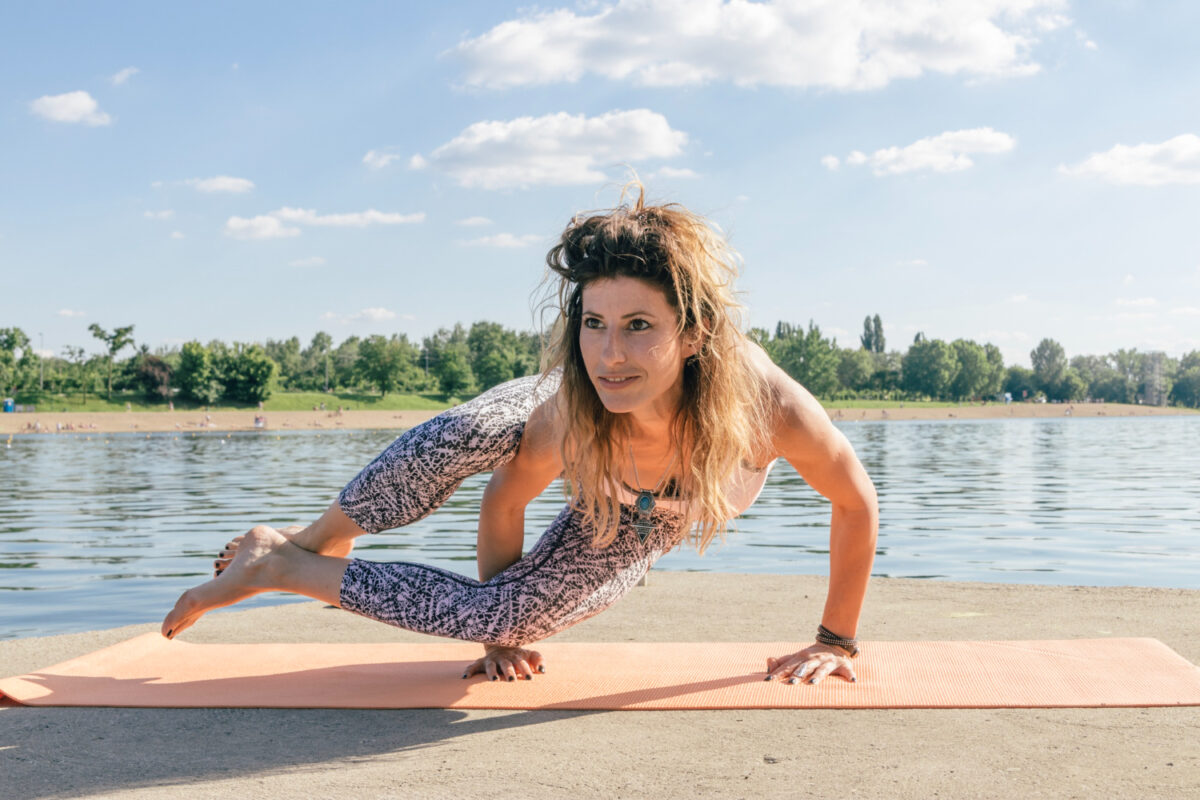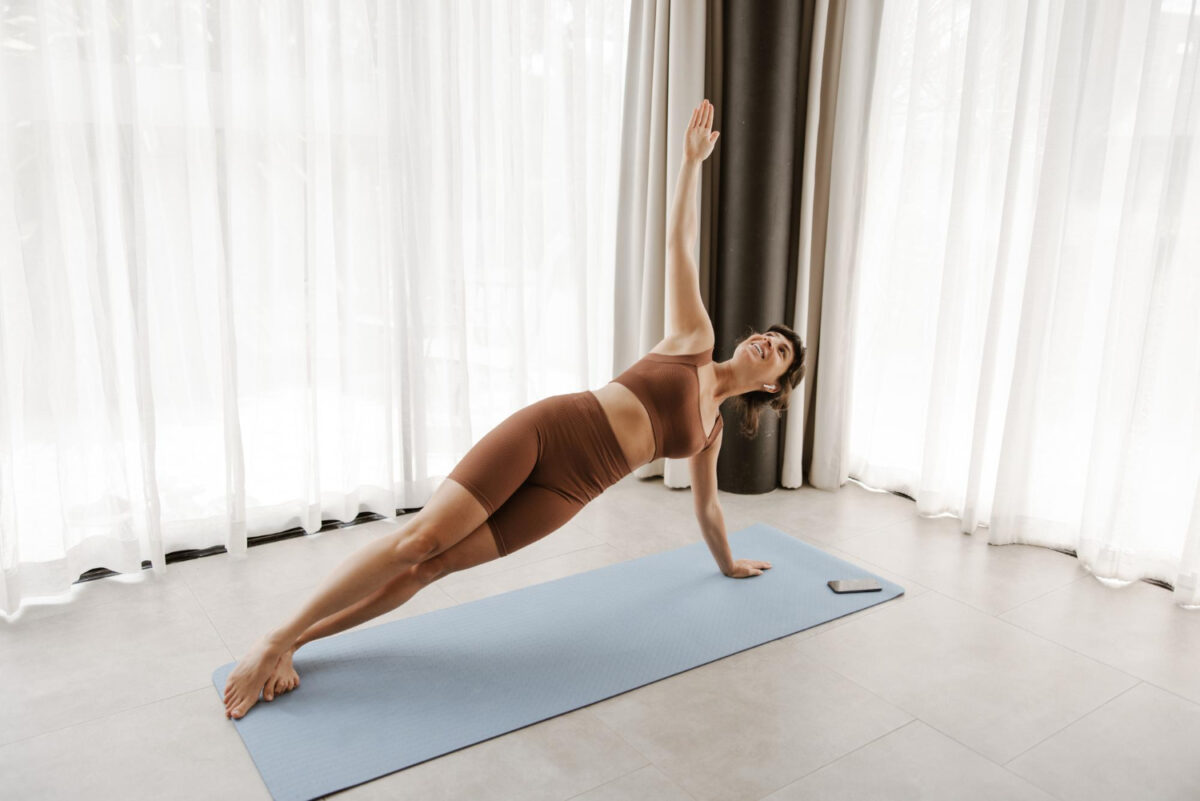Why Shiatsu?
The first thing we have to investigate is our internal motivation to approach massage training. Perhaps, initially, the germ is the curiosity for contact and the desire to know how to do a massage to our family or friends. Thus, at this basic level we will attend to the fundamentals of all learning: curiosity and enjoyment. This goal will channel efforts to a place of relaxation and the universe of the human body. Intuition will operate as a compass to know how to make the first pressures and get started in this field. Likewise, our life and/or professional path may impel us to study this ancient technique. If so, the look will be deeper and more exhaustive, thus seeking a more complex internalization and focused on a practice that is not only playful.

Broadly speaking, these two motivations (personal or professional) initiate us in this praxis. From there, the following steps will lead us to choose the way we are going to learn. We can look for a initiation course to shiatsu, whether in the format of a civic or cultural center course, or in an introductory format in schools dedicated to the academic training of shiatsu. This appetizer can be turned into a more extensive course, the 3-year Shiatsu training. Currently, there are different training proposals linked to the three great styles of shiatsu (Namikoshand with Emili Estivill, Zen Shiatsu with Imma Bonet and Shiatsu in Motion with David Ventura). In another article we will see the differences between shiatsu styles. These three traditions have been spreading in different parts of the world. In Barcelona and Catalonia we have many new reformulations of this ancestral practice with professionals such as James Bort, Christina Hernando, Pere Aguilo either James Gomez. Normally, they are intense three-year trainings in which we impregnate ourselves with a base on the contact routine. Continuing with a training in elementary notions of Traditional Chinese Medicine, continuing with specific techniques of each of the styles. All this complemented with knowledge of anatomy and physiology. Thus, it is a practical training (approximately 150 sessions to give and receive) that leads you to discover yourself as a person, therapist and as a future companion through contact.
How to do Shiatsu sessions
After discussing the where, let's return to the how to do shiatsu. Fundamentally, we have built our first floor on motivation and the desire to learn. Next, it is essential that our second level be the ability to receive and feel what is shiatsu, namely, receive many shiatsu sessions allows us to feel in depth how this technique works. And it is that, like any nervous system, before issuing a response (knowing how to do shiatsu) we have to feel and integrate all the sensations and experiences that this therapy offers us. In fact, my path in shiatsu comes about thanks to experiencing the great benefits that we have already reviewed in other chapters. Thus, choosing this path, like everything Do (path or way in Japanese), it has to be done from the dialogue between feeling and doing. Between receiving and giving. It is this second level that will ultimately connect us with the people we touch, since thanks to this we will be able to intuit and even empathize and vibrate in the same frequency as what the person on the futon is experiencing.
And with the futon we entered theapart from the logistics of the sessions. It is a therapy that is most commonly performed on a futon or Japanese-type mattress. With comfortable clothes and with a calm atmosphere. That does not mean that we cannot do shiatsu on a table, or that the therapist uses essential oils and works with skin contact, or even that a treatment cannot be performed in the middle of a business conference. Each person adapts their abilities to the context that leads them to perform the shiatsu sessions.
Last premises
Last but not least, we will outline some basic axes on how to do shiatsu (And if we want more depth, we go a few lines above and follow the exposed teaching proposals). We will talk, first, about the ability to place ourselves and be in our center. This means being fit enough to work with the demands of the therapy (normally bent knees, intense pressure, handling the weight of patients, sustaining energy wear on a physical, mental and emotional level...). And, in turn, have the ability to be there for others without abandoning or sacrificing ourselves. With this clear center, it will be easier for me to take care of myself and, therefore, to take care of myself. Another essential element is the work with your own weight and avoid unnecessary efforts. In this way, we will be able to accompany the treatment avoiding excessive wear, in addition to being present in our posture and without making contortions that injure us in our practice. Equally key isthe ability to be available and listen for what the person who comes to deal with exposes us. Because it will be the way to make good contact with the exposed demand, with the person and their circumstances and it will prevent us from falling into projections, paternalism and dualities. If the person who comes to be treated finds a work space where he feels respected and accompanied, we have a large part of the work done.

What do I need to know how to do shiatsu? So after receiving a shiatsu treatment the ideal will be to be critical of what I have experienced and find my way of approaching this wonderful technique. We return to that elementary principle of relativity and impermanence of our current liquid reality: does this proposal make sense to me? Does it interest me, motivate me and make me happy? Do I enjoy living and sharing it? The greater the affirmative answers, let us say that the greater our capacity to get in touch with shiatsu. Once we know what it is and what is shiatsu forToday we are going to reflect on how to do shiatsu






